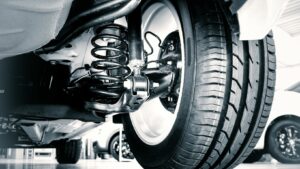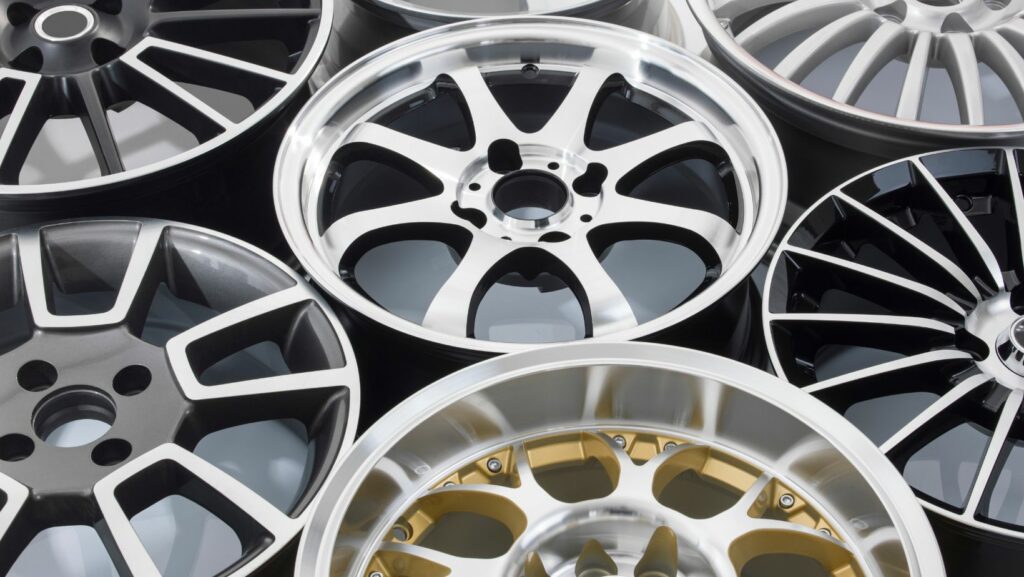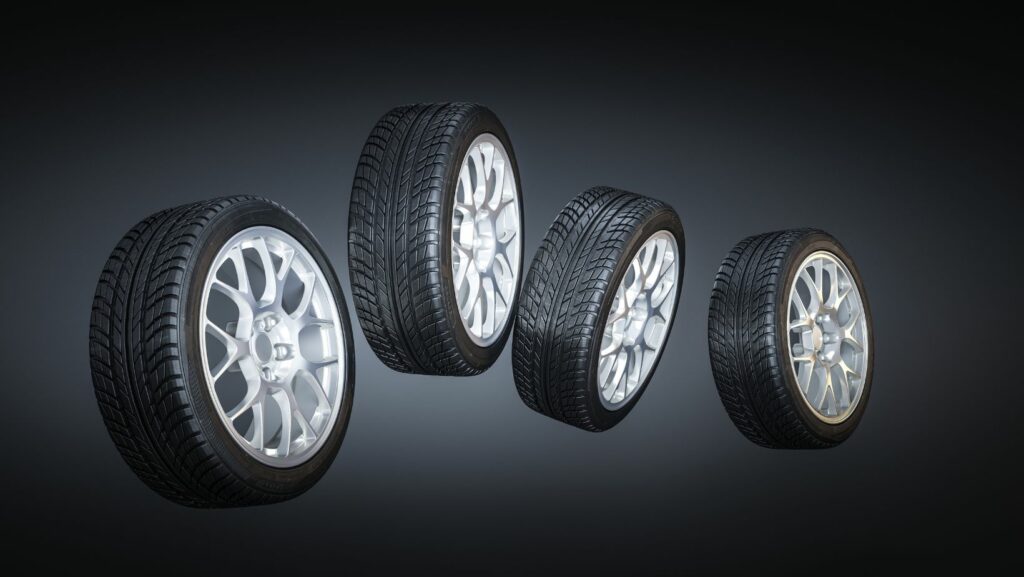Ever wondered what sets a wheel apart from a tire? While they’re often used interchangeably in casual conversation, they’re not the same thing. This article aims to clear up the confusion and help you understand the key differences between the two.
Wheels and tires are both essential components of a vehicle, but they serve distinct purposes. Knowing the difference isn’t just technical jargon—it can actually help you maintain your vehicle better.
Difference Between Wheels and Tires
The basics of vehicles often account for two fundamental parts: wheels and tires. It’s essential to shed light on what each specifically signifies.
What Are Wheels?
 Wheels, in the simplest terms, serve as the foundational structures upon which the tires mount. Comprised primarily of aluminum or steel, wheels link to the vehicle’s axle and maneuver its movement, supporting the tire as an intermediary.
Wheels, in the simplest terms, serve as the foundational structures upon which the tires mount. Comprised primarily of aluminum or steel, wheels link to the vehicle’s axle and maneuver its movement, supporting the tire as an intermediary.
As proof, consider a bicycle wheel, sans the tire—it’s the actual metallic circle dynamics that attach to the axle and create the necessary rotation.
What Are Tires?
Contrary to wheels, tires encompass the rubber exterior that mounts onto the wheel. They play a crucial role in gripping the road, providing cushioning, and handling driving conditions. Think of a tire like the rubber on your favorite pair of sneakers—it’s what constantly contacts the ground and delivers traction while absorbing the shock. Without tires, wheel-based movement would be highly susceptible to shocks and damages. In essence, tires safeguard wheels, enhancing mobility and overall vehicle performance.
Importance in Vehicle Performance
Elucidating the roles that wheels and tires play in vehicle performance gives us deeper insights into their indispensability.
Role of Wheels in Vehicle Dynamics
Wheels, fundamental components of vehicles, significantly contribute to their dynamic behaviour. Their rotational motion transforms engine power into linear car movement, making effective locomotion possible. Besides, weight distribution across individual wheels affects vehicle stability, especially during cornering, braking, and accelerating.
Role of Tires in Traction and Safety
 Tires are pivotal to safety, acting as the vehicle’s contact point with the road. They generate traction and control vehicle motion, having a direct effect on braking distances, acceleration rates, and maneuverability.
Tires are pivotal to safety, acting as the vehicle’s contact point with the road. They generate traction and control vehicle motion, having a direct effect on braking distances, acceleration rates, and maneuverability.
Unique tread patterns, for instance, offer adequate surface grip, promoting stability and precise steering. Tire pressure also plays a role, with under-inflated tires endangering safety due to inadequate road friction and over-inflated tires reducing the tire footprint and therefore the traction.
Choosing the Right Wheels and Tires
As part of fully understanding the difference between wheels and tires, the next logical step dives into the nuances of making the right choices for your vehicle. These choices, after all, affect the complete performance of a vehicle – from safety to fuel efficiency.
Factors to Consider When Selecting Wheels
Selecting wheels isn’t simply about aesthetics; it’s about aligning your wheel choice with your vehicle’s capacity and driving goals.
- Wheel size, typically measured in inches, directly impacts the vehicle’s performance and safety levels.
- Wheel materials play a significant part in vehicle functionality. Aluminum alloys, commonly used for their lightweight yet durable properties, offer an optimal blend of performance and aesthetics.
- Considering wheel weight contributes significantly to the vehicle’s overall weight. Lighter wheels decrease unsprung weight, promoting better suspension response and improved fuel efficiency.
Tips for Choosing the Best Tires for Your Vehicle
 Choosing the right tires for your vehicle surpasses a one-size-fits-all concept. Specific factors like tire size, tread pattern, speed rating, and seasonal considerations help align your tire choices with your vehicle’s needs and your driving habits.
Choosing the right tires for your vehicle surpasses a one-size-fits-all concept. Specific factors like tire size, tread pattern, speed rating, and seasonal considerations help align your tire choices with your vehicle’s needs and your driving habits.
- Tire size, mentioned on the sidewall of each tire, is vital. The wrong tire size can negatively affect speedometer accuracy, traction, and even vehicle safety.
- Tread pattern broadly falls into three types: symmetric, asymmetric, and directional. The right tread pattern enhances road grip and drainage, impacting vehicle handling and safety.
- Speed rating, denoted by a letter on the tire’s sidewall, defines the maximum speed at which the tire can carry a load. Higher speed ratings indicate better control and handling at higher speeds.
- Considering seasonal needs for your tires is as important. All-season tires provide decent performance across various weather conditions, while summer tires and winter tires perform better in their respective climates.
In the end, choosing the right wheels and tires depends on the driver’s unique goals, which strike a balance between performance and safety.



